While the Italian city of Brescia celebrates its status of Italian Capital of Culture 2023 with a rich and varied array of cultural activities, the local art gallery Baias Arte presents Brescia as Capital of Cultures with an exhibition dedicated to the Indian and Himalayan artworks in the private collection of the Mutti family. From sculptures to furniture, from paintings to everyday utensils, from courtly to popular artistic expressions, the Mutti collection provides an accurate overview of the artistic and cultural traditions of the Indian subcontinent. The objects on display well describe the deep appreciation of Giacomo Mutti (1927-2013) towards Indian material culture and philosophy. In fact, his collecting was driven not only by aesthetic fascination, but also by the eagerness to disseminate the knowledge and promote the study of the culture that produced such alluring and meaningful artefacts. Testament to the importance of this collection is the fact that 506 objects were accepted as a donation by the National Museum of Oriental Art in Rome and that pieces from this corpus are regularly included in exhibitions, such as the exhibition Inde, reflets de mondes sacrés at the Château des Ducs de Bretagne, Musée d’Histoire de Nantes (15 October 2022 – 23 April 2023). The rest of the collection has also appeared in exhibitions on many occasions.

Fig. 1 ‘The sage Shukadeva recites the Bhāgavata Purāṇa’, Indian watercolour on paper, North India, second half of 19th century
In Daydreaming of the Orient it is apparent that the predilection of Giacomo Mutti was for paintings, encompassing portraits, religious and devotional representations, Madhubani popular paintings, illustrated manuscripts and other pictorial genres. Among the depictions of the divine world on display, particularly striking is the deeply meditative yet lively atmosphere of ‘The sage Shukadeva recites the Bhāgavata Purāṇa’ (North India, 19th century). A unique representation of Shiva can be seen in ‘Ardhanarishvara’, a Mandi painting (Himachal Pradesh, 18th century), in which the female half on the right shows the fearsome goddess Kali instead of the benevolent Parvati.
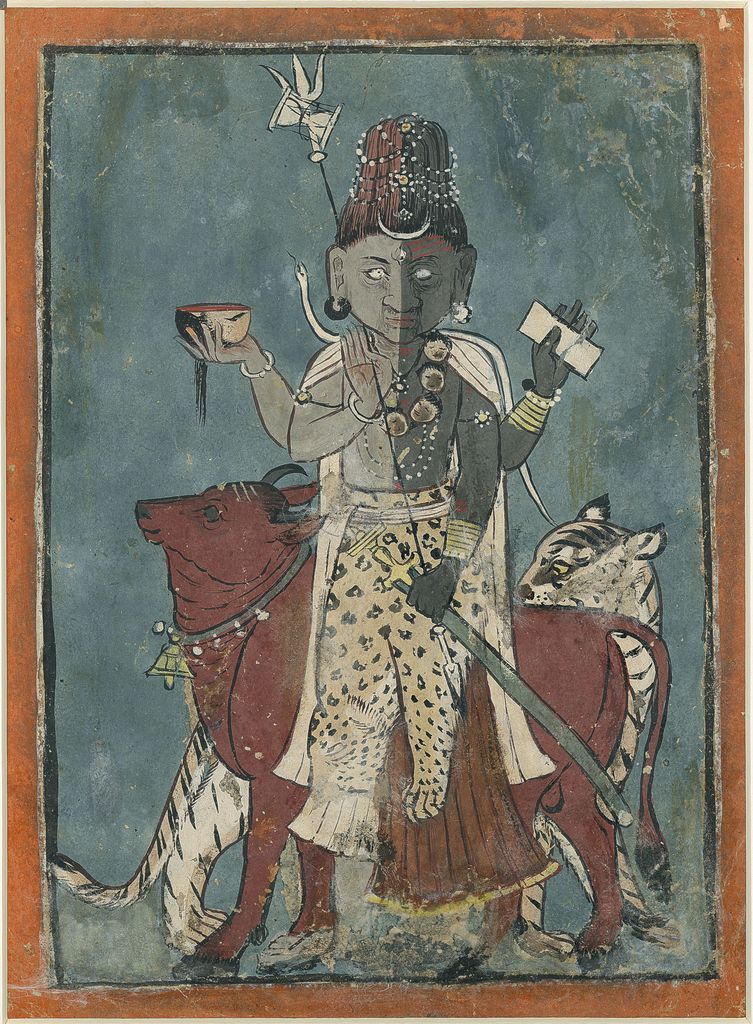
Fig. 2 ‘Ardhanarishvara’, Indian watercolour on paper, Mandi (Himachal Pradesh), mid-18th century
Of interest is also a painted liturgical cloth with female figures (Gujarat, 19th century) used in worshipping contexts: its appliqué technique indicates its Gujarati provenance. Among the depictions of erotic themes, there is a manuscript folio captioned as “Jalāsana“ (“Water position”) probably from an erotic treatise (Rajasthan, late 18th – early 19th century).
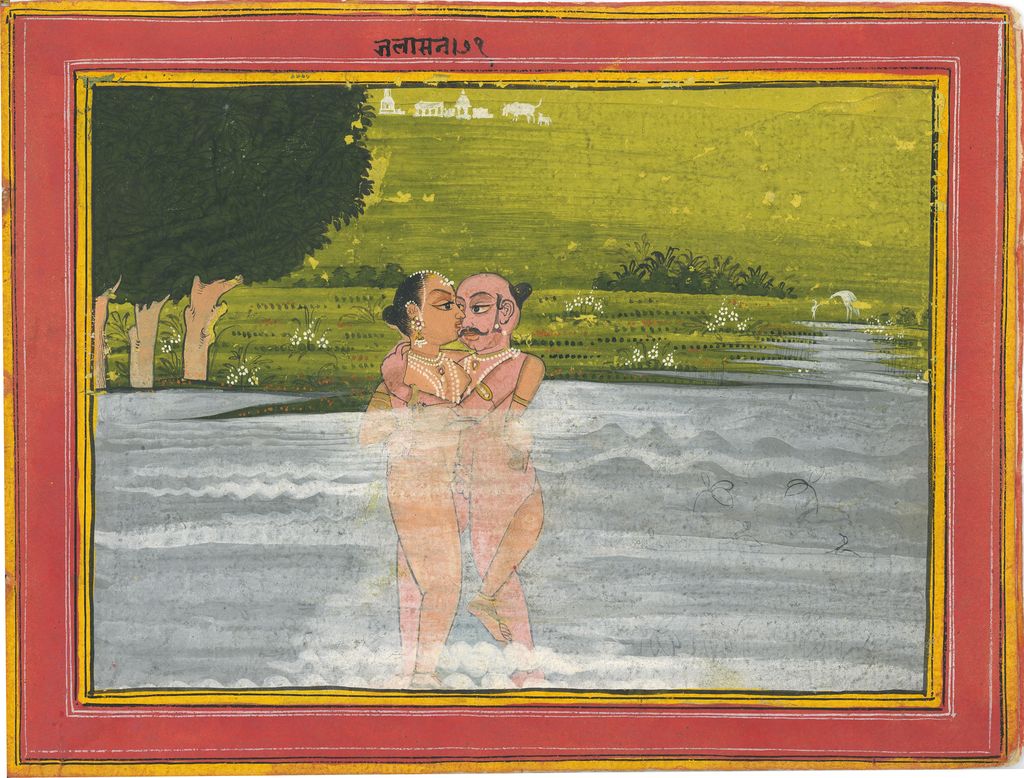
Fig. 4 ‘The Water Position’, folio from manuscript, Rajasthan, late 18th century or early 19th century
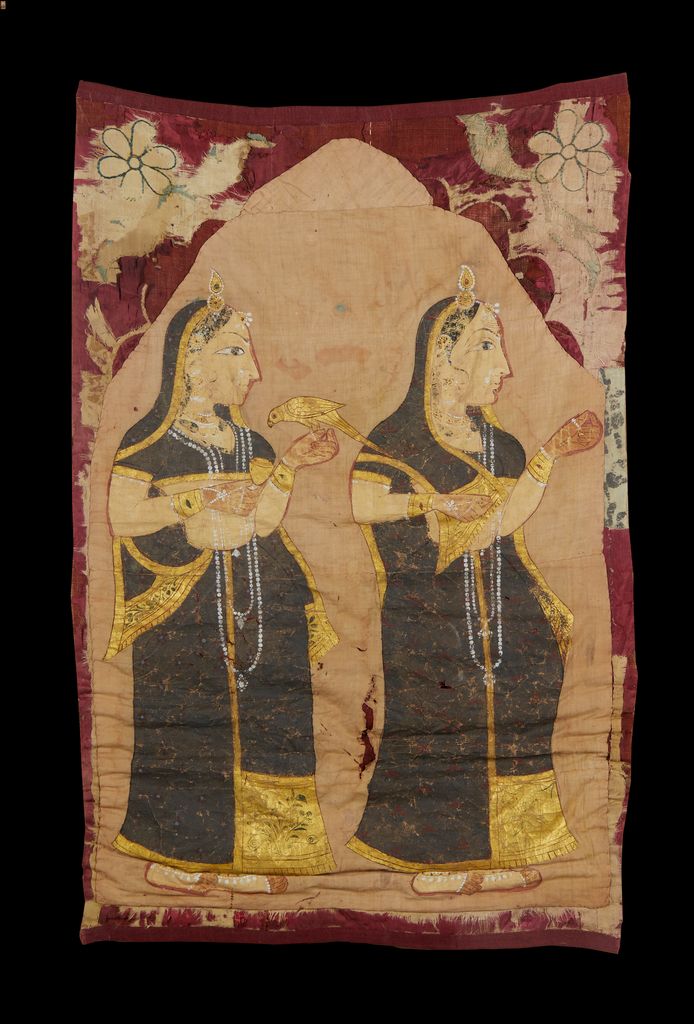
Fig. 3 Female figures, pigments and gold on cotton, Gujarat, 19th century
Besides the many visual representations, the exhibition presents a valuable group of other objects. These include a bronze composition of four-armed Vishnu, which, dating to the 12th century, is the oldest object on display. A gilt bronze figure of meditating Buddha Sakyamuni is a fine example of the 18th century artistic production of Sri Lanka. An elegant and delicate ivory carving of Vishnu with consort and his eagle-like mount Garuda takes us to Nepal during the Malla dynasty (15th– 17th century).

Fig. 5 Bronze altar depicting Vishnu, Himachal Pradesh, 12th century
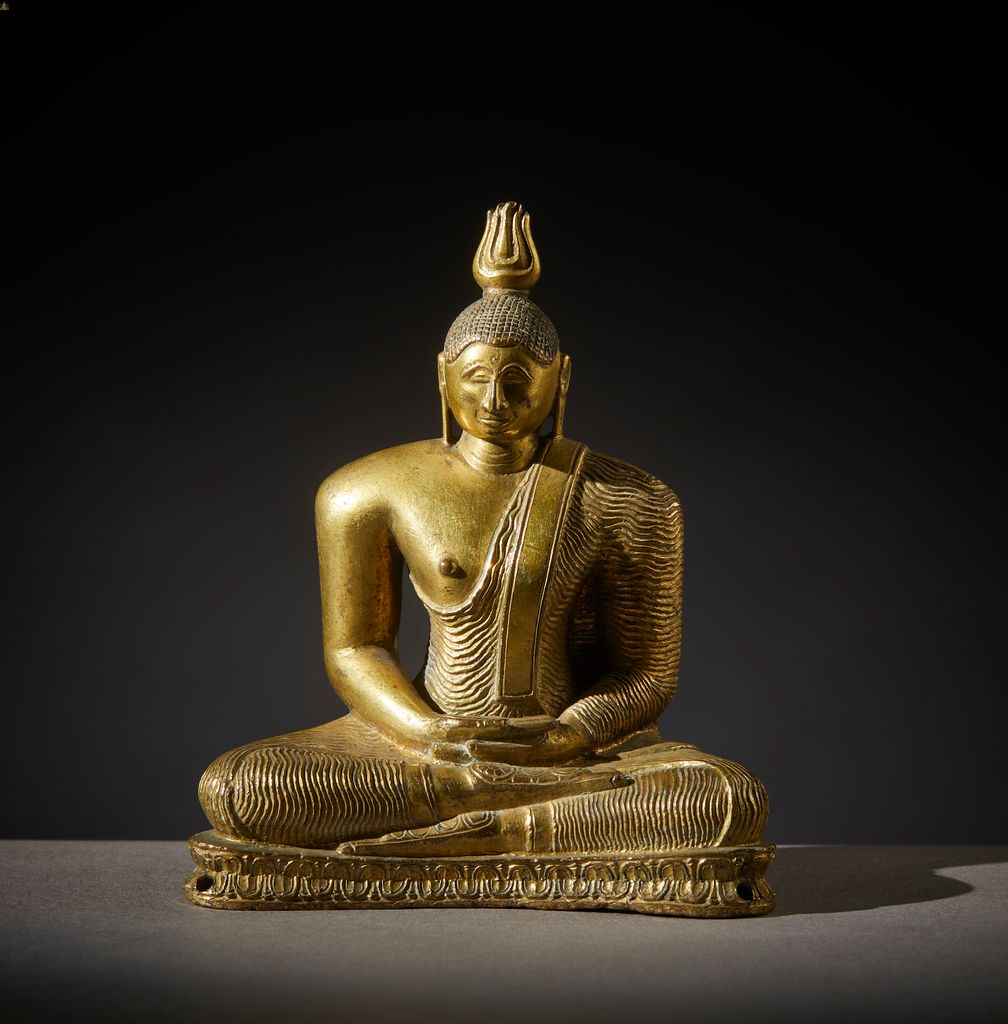
Fig. 6 Gilt bronze figure of meditating Buddha, Sri Lanka, 18th century
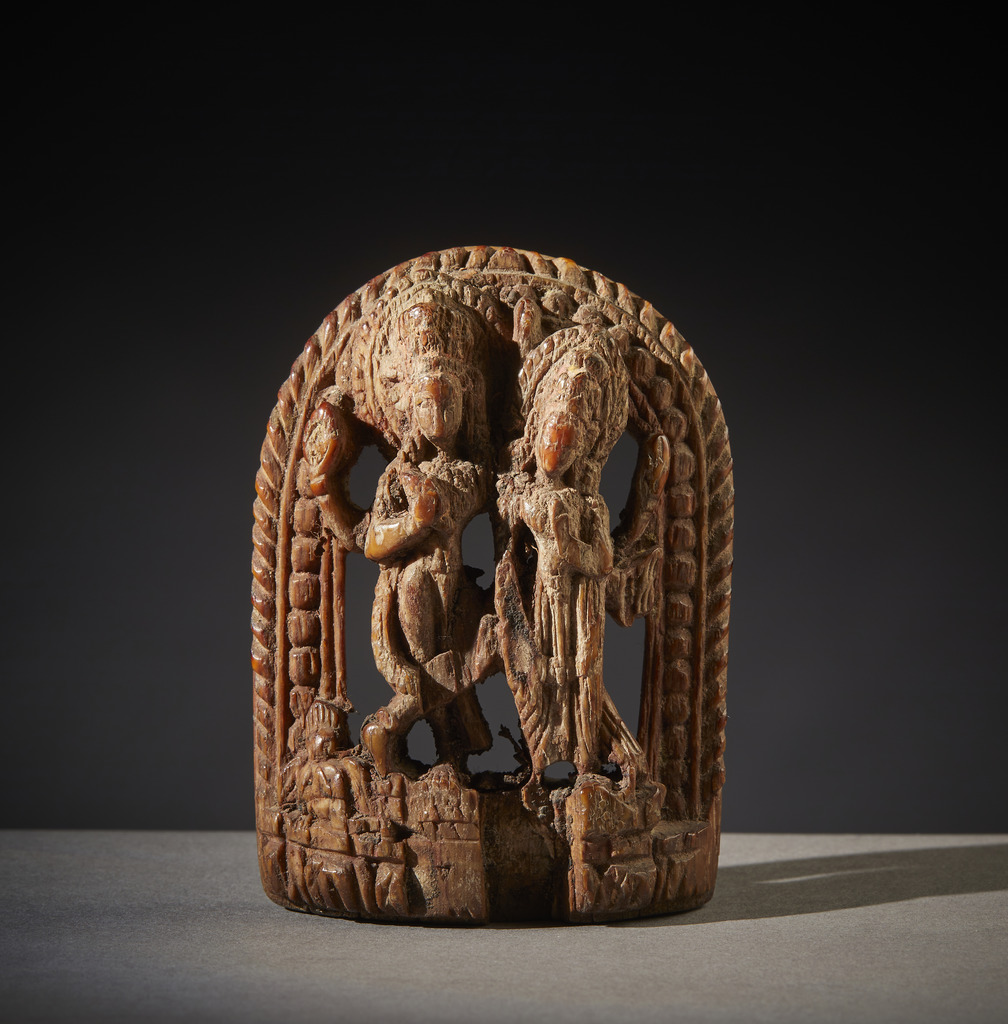
Fig. 7 Ivory carving depicting Vishnu and constor, Nepal, Malla dynasty (15th-17th century)
A group of thangkas is in evidence with predominantly Tibetan examples spanning from the 18th century to the early 20th century. A tempera painting on canvas (Tibet, 19th century) represents Padmasambhava, an Indian tantric master who played a pivotal role in the introduction of Vajrayana Buddhism in Tibet in the 8th century.
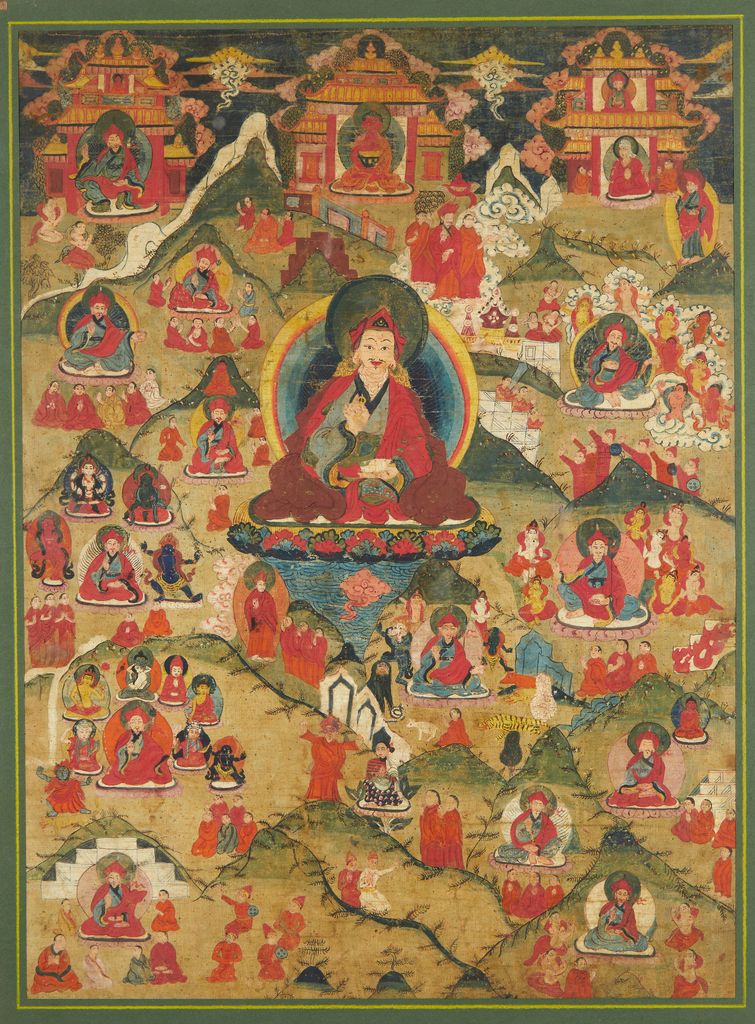
Fig. 8 Thangka depicting Padmasambhava, tempera on canvas, Tibet, 19th century
Giacomo Mutti’s passion for South Asia and the Himalayan region is shared by his son Filippo Mutti, who, with his sister Ilda, is custodian of the collection and continues his father’s research work and mission to bring this cultural heritage to the attention of the wider public. A skilled photographer, he has captured breathtaking scenes from his travels to the Himalayas. Some of his black and white photographs are included in the exhibition, such as the impressive view of the rock caves of the village of Dhakmar in Upper Mustang, which were once used by Buddhist monks for meditation.
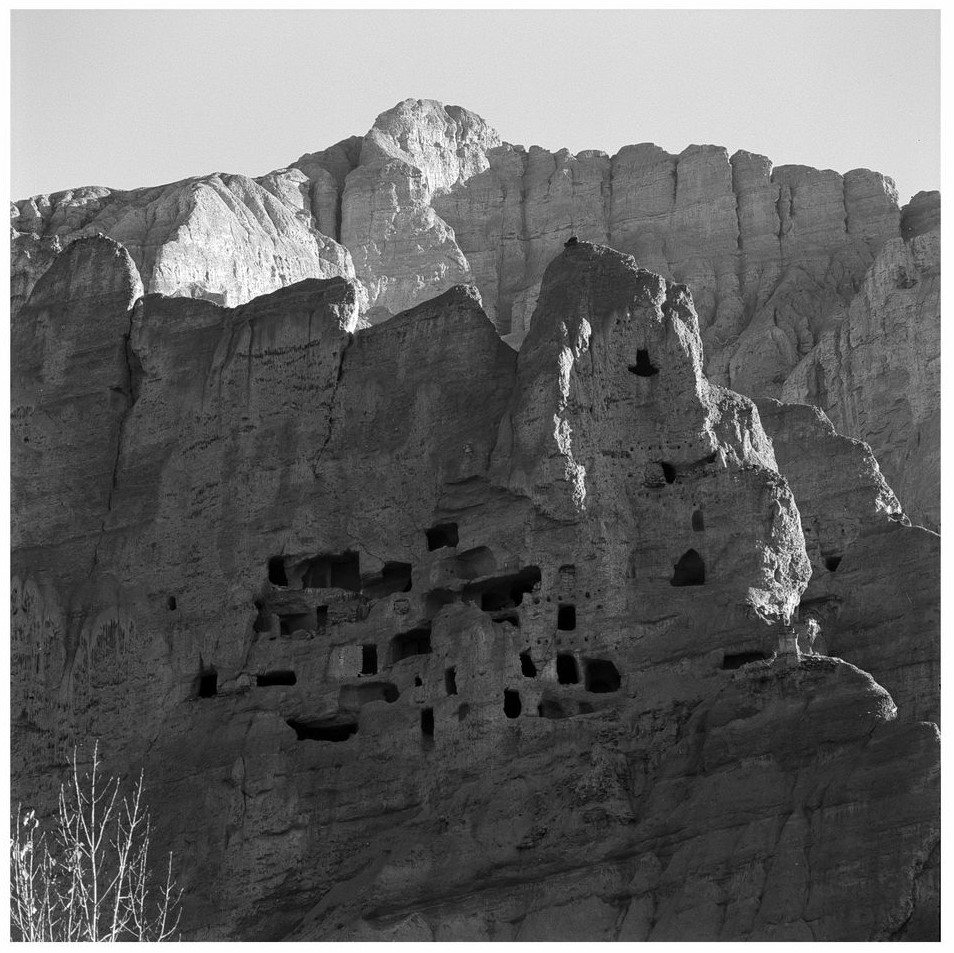
Fig. 9 The caves of Dhakmar, Mustang (Nepal), black and white photo by Filippo Mutti, 2018
The exhibition has been curated by Isabella Nardi and Ilaria Bellucci.
Isabella Nardi is a specialist in South Asian art history. While her research interests include visual and material culture, her expertise focuses on painting and on the relationship between technical treatises and art praxis. Portraits of Devotion (Mapin 2019) is one of her most recent publications. She holds a degree in Hindi language from Ca’ Foscari University, Venice, and a Master and PhD in Indian Art from SOAS, University of London. She has held teaching and research positions at several institutions, including The Metropolitan Museum of Art, Jawaharlal Nehru University, Cleveland State University and the University of Naples L’Orientale.
Ilaria Bellucci has an expertise in Asian arts and anthropology of art. Her main research interests are on various aspects of Indian, Chinese and Islamic art. She holds a degree from the Catholic University in Brescia and has completed specialist courses at SOAS, University of London. She is the founder of Baias Arte, an art gallery dedicated to the study, the evaluation and the sale of mainly Asian artworks.
All images © Baias Arte